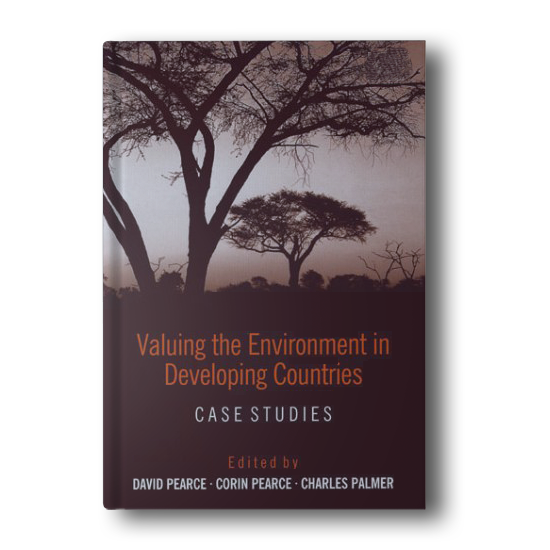The substantial and growing interest in the monetary valuation of preferences for environmental improvement, and against environmental damage, has prompted a demand for case studies illustrating methodologies and applications of valuation techniques.
In this book, the first of two volumes, the authors provide detailed case studies of valuation techniques that have been used in developing countries. They demonstrate that valuation works and that it can yield significant insights into policy-relevant issues regarding conservation and economic development.
The authors address a whole range of environmental issues under the broad themes of water and air quality, biological diversity and forest functions. The economic approaches covered include contingent valuation, hedonic property prices, travel cost methodologies and benefits transfer.
They also go on to look at the idea of extending national accounts to reflect changes in environmental assets. Examples of the varied and interesting case studies include valuing improvements to sanitation in Malaysia, the value of visits to game parks in South Africa and tropical forest values in Mexico. They highlight how valuation techniques can be applied, often with limited resources, to critical development issues.
Academics and practitioners of environmental economics will draw great value from this unique and original work, as will the many multilateral and bilateral aid agencies. The book will also prove a valuable addition to graduate and undergraduate courses in environmental economics where there is a need for case material.


![Visions of Nonlinear Science in the 21st Century: Festschrift Dedicated to Leon O Chua on the Occasion of His 60th Birthday (World Scientific Series ... (World Scientific Nonlinear Science Series a) [Hardcover] Chen, Wai-Kai; Huertas, Jose L and Madan, Rabinder N](https://booksandbook.com/wp-content/uploads/2023/03/Visions-of-Nonlinear-Science-in-the-21st-Century-Festschrift-Dedicated-to-Leon-O-Chua-on-the-Occasion-of-His-60th-Birthday-World-Scientific-Series-...-World-Scientific-Nonlinear-Science-Series-a-2.png)
![Unsecured Ladders: Meeting the Challenge of the Unexpected [Hardcover] Robinson, G.](https://booksandbook.com/wp-content/uploads/2023/03/Unsecured-Ladders-Meeting-the-Challenge-of-the-Unexpected-Hardcover-Robinson-G.-2-600x600.png)



Reviews
There are no reviews yet.